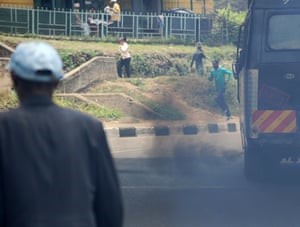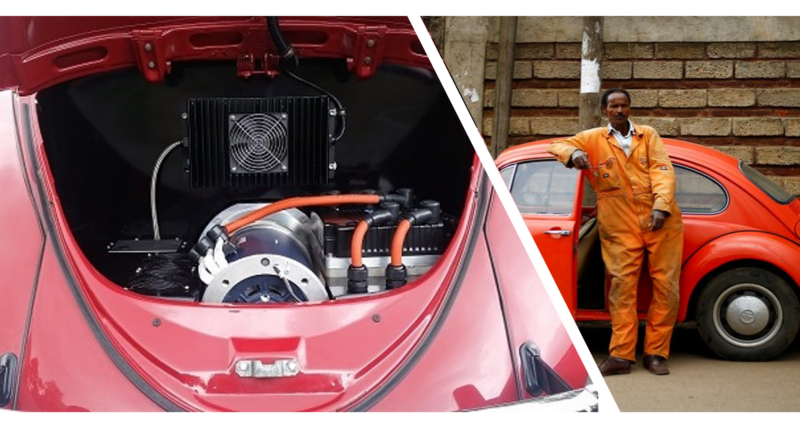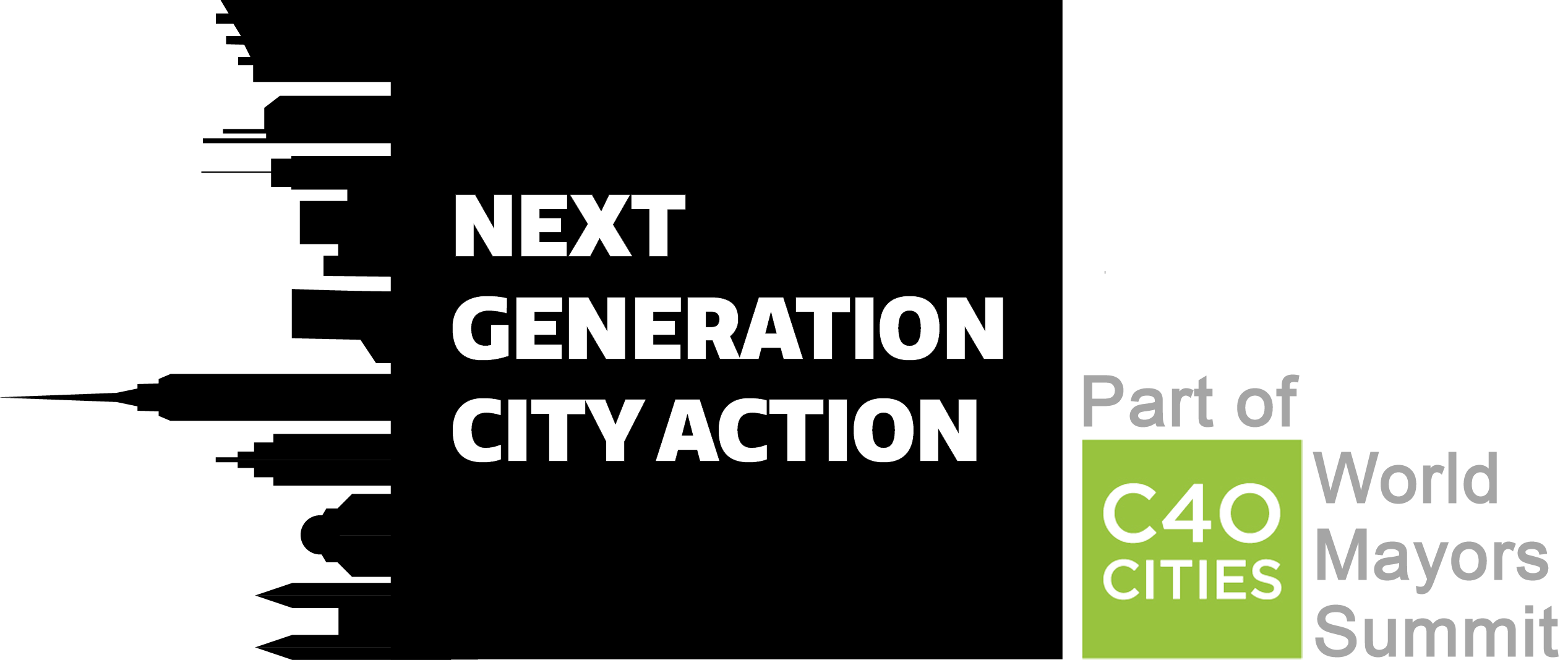Electric Mobility in Nairobi
What is our challenge?
Air pollution is on a dramatical level in Nairobi. Population in Kenya’s capital is quadrupled in the past 28 years, reaching 4.6M people 1 and steadily increasing. In accordance, the United Nations Environment Programme (UNEP) expects the vehicle fleet to double from 2016 to 2023. The current vehicles fleet is relatively small, but the emissions per vehicle are rather high, as few cars are new and the majority are highly polluting second-hand vehicles from Europe and Japan, coming with their catalytic converters and air filters dismantled.
This business model appears not to be sustainable in the long term, leading to serious environmental and health problems in the population, caused by fine particulate matters from exhausts. In the business-as-usual scenario, Nairobi is risking of becoming a dumping ground for the world’s old cars that no longer meet rich countries’ pollution standards2.

Nairobi needs carbon free streets. This can be achieved by adopting a fully functioning electric vehicle infrastructure based on smart grid solutions and the aim is to reach that level by 2030.
To reach that level, there is a need of an overall strategy and roll-out to integrate electric vehicle infrastructure into the urban electric mobility plan. Technology incorporated must be cost efficient and focused on convenience and affordability for public. Moreover, the socio-economic benefits of electro mobility have to be identified, in particular the areas of job growth, which have to be sustainable over the long-term.
Were are we now?
To tackle the air pollution emergency, in February 2017, President Uhuru Kenyatta established the Nairobi Metropolitan Area Transport Authority (NaMATA), covering the counties of Nairobi City, Kiambu, Kajiado, Machakos and Murang’a. The Authority aims at formulating a sustainable integrated public transport strategy based on the development of a sustainable urban mobility plan that will be the basis for the structured development of the proposed Metropolitan Area mass-transit system, which incorporates both bus rapid-transit and commuter rail3.
What is our idea?
Nairobi needs an affordable and environmentally friendly way to drastically lower its emissions of harmful pollutants in the air. NaMATA is planning to rapidly expand the public transport system and create the Bus Rapid Transit (BRT), by purchasing hudreds of new vehicles.
With our idea, which can sensibly lower the initial investment cost for acquiring new busses, we propose to import (or use local) old diesel busses and re-power them with an electric motor.
As a result, the e-busses are not only cheaper for investors, but can be assembled in Kenya and avoid that Nairobi become the dump ground of developed countries as per high polluting diesel vehicles.
Sound like a win-win situation, isn’t it?
It is an electric mobility based on existing vehicles, designed to limit the number of vehicles dumped, while reducing the initial investment cost

What is our roadmap?
Construction of infrastructure for road and slow charging stations will take place.
In the next two years (2021-2022) three busses are expected to be re-powered from diesel to electric engine, as part of a pilot project. The idea is to test in real conditions the re-powering technology, monitoring parameters of the vehicles, such as consumption pattern of battery pack and time spent in the traffic jam.
Objective of the pilot is the optimal up-scaling of the re-powering technology to cover, together with possible imported second-hand e-busses, the need of the entire transport system. Data collected during the pilot project would be useful to evaluate, among others, the optimal placement of charging stations and the number of routes possible with each charge.
Concurrently with the introduction of e-busses, the vehicles powered by diesel will be gradually phased-out and/or re-powered by 2030.
Which are the impacts of our idea?
Electro mobility based on re-powering in loco old vehicles brings diverse benefits.
On the viewpoint of the air quality, the presence of less engines powered by diesel would dramatically lower the pollution in the air.
From a societal perspective, this idea has the potential of creating job opportunities. The road-map spans from 2020 to 2030. Its long duration and the need of vehicles maintenance, could ensure the establishment of new long-term jobs, potentially based on the skills of the existing car industry in Kenya.
From the perspective of the investment cost, re-powering an old vehicle results to be 30% cheaper than buying a new one. Additionally, the re-use of vehicles reduces the environmental footprint.
Our idea would also be capable of boosting the investment of public risorses in electric vehicles, as the initial investment costs would be lower than purchasing new vehicles.
